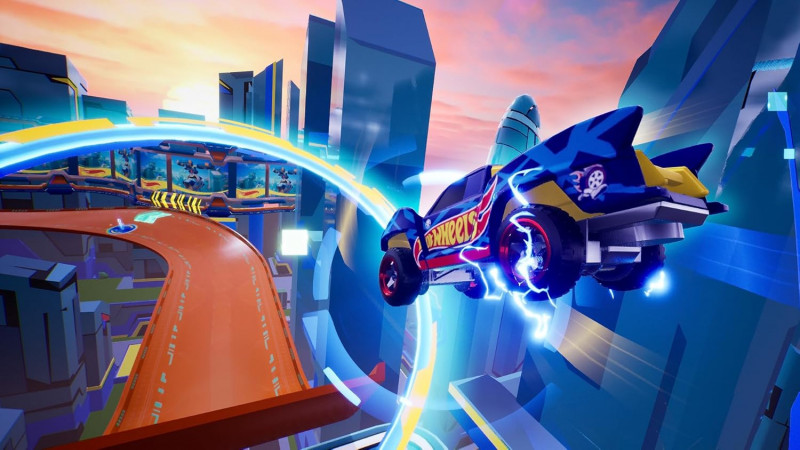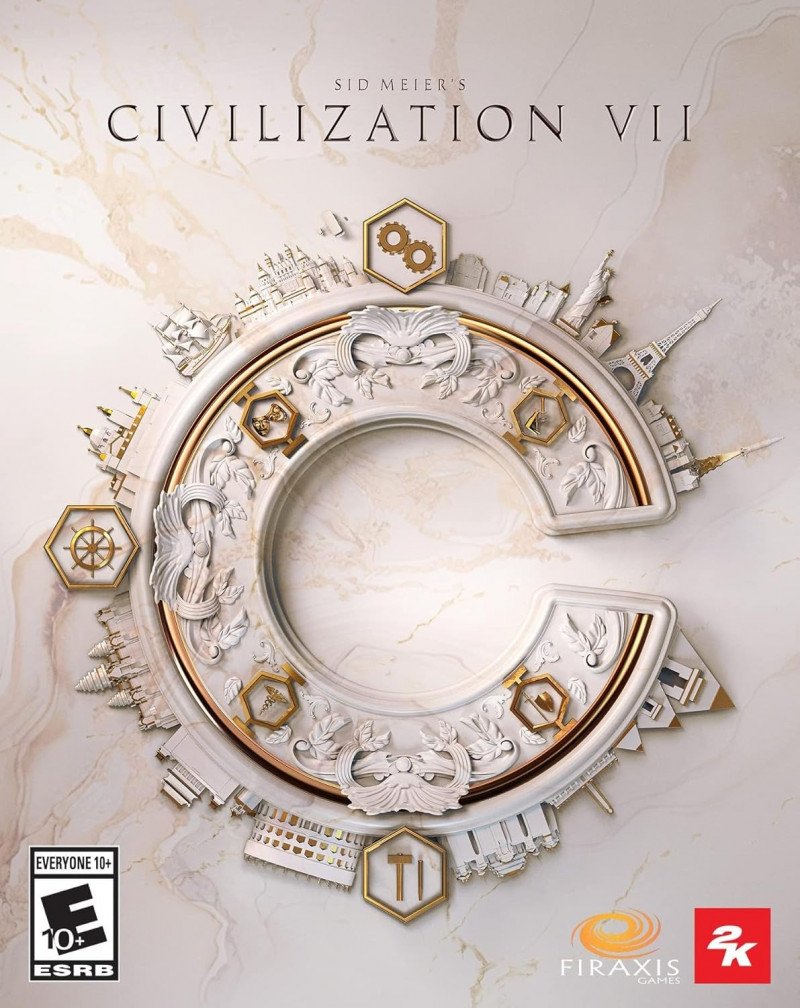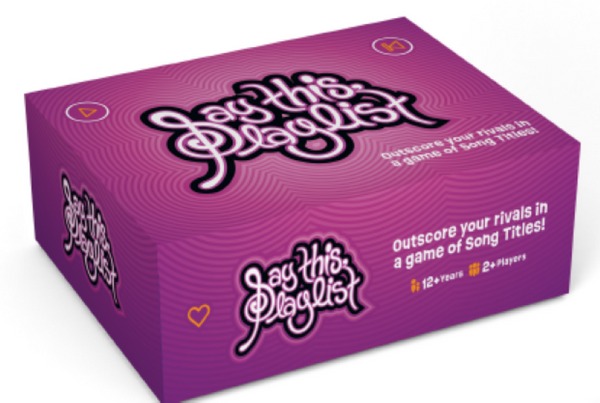
This is a sponsored guest post.
Featured image credit: https://pixabay.com/photos/music-notes-music-melody-sound-3221097/
Music has accompanied video games from the beginning, creating the perfect virtual world whether you were using a Nokia 2310, a Nintendo 64, a PC, or a VR device. But, while the main purpose of tunes is to support and enhance the action happening on screen, a weird phenomenon took place. The soundtracks started to get a life of their own, stepping outside the games and into our lives.
Nowadays, you can’t think about Mario and not hear the jingle used to mark him leveling up or the “game over” piece. Also, you can’t imagine the Need for Speed franchise without its amazing soundtrack that takes you flying over the hills and puts you into the car you’re driving in the game!
The video game music genre may have started as 4-bit songs that helped enhance an action, but nowadays it’s a full-blown niche, with a lot to offer. So, as a tribute to a side of video games we don’t pay attention to unless it’s missing, let’s have a look at how the video game soundtrack genre evolved.
Beeps & Boops
At the very beginning, when video games were just taking off, there were only rudimentary sound effects. We call them beeps and boops today because that’s what they sounded like (check out Pong from Atari). Also, a sound effect was played only something happened in the game, so the overall experience was quite silent.
Chiptunes
Starting with the late 1970s, when arcade games started to be available on consoles, developers decided to include some type of music, to enhance the user experience. Since the technology was not yet advanced, the only way to create music in a gaming console was through simple synthetic chips – which is why these tunes are called chiptunes today. As the games and technology evolved, music started to be more intertwined with the experience. By the time the R.B.I. Baseball game was released in 1987, music was used to let the user know if they succeeded or failed in their quest.
Rudimentary Soundtracks
The 90s brought better sound chips, which translated into better use of sounds and music in games. This was the time for techno-style soundtracks with electro basslines and catchy lines. Since the consoles couldn’t store too much information, soundtrack composers were limited to repeating certain sequences. However, this led to the creation of the famous Super Mario Bros soundtrack, which is still famous years after its release.
Music for Browser Games
Once video games could be played on PCs they became more complex, and the music had to change. Luckily, the new technology and the increase in memory allowed for all sorts of sounds and musical sequences. At the same time, consoles also got better and included better sound cards and memory chips.
As the first browsers improved, game developers learned that this was a prolific environment for all sorts of mini-games that took the player on a short adventure accompanied by dynamic tunes that changed as the game progressed.
So, nowadays we can play games such as Lucky Life and Fireboy and Watergirl without even giving a second thought about the elements that make our adventure more enjoyable and thrilling.
From Chiptunes to BAFTA Awards
If you still don’t feel that video game music is a well-established niche, maybe the Original Music gaming BAFTA award won by James Bonney and Garry Schyman for BioShock Infinite will change your mind.
Nowadays, music in video games is designed to create emotions and immerse the player into the virtual world it supports. We’re far away from the initial b-bit songs, but we couldn’t have gotten here without them!

Hi there! I am Emily Evert, the owner of Emily Reviews. I am 28 and live in a small town in Michigan with my boyfriend Ryan and our two pugs. I have a large family and I adore my nieces and nephews. I love reading memoirs, and learning about child development and psychology. I love watching The Game of Thrones, Teen Mom, Sister Wives and Veep. I like listening to Jason Isbell, John Prine, and other alt-country or Americana music. I created Emily Reviews as a creative outlet to share my life and the products that I love with others.
This post currently has no responses.


















Leave a Reply